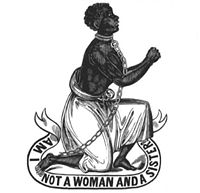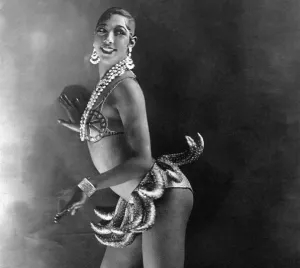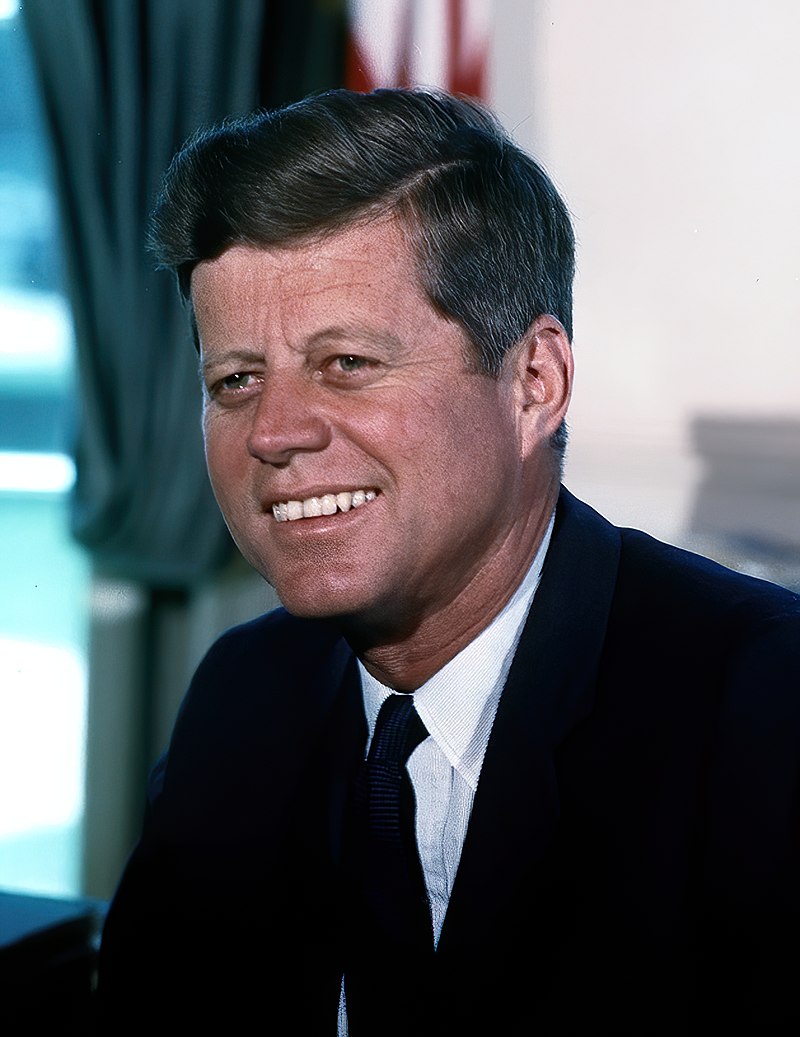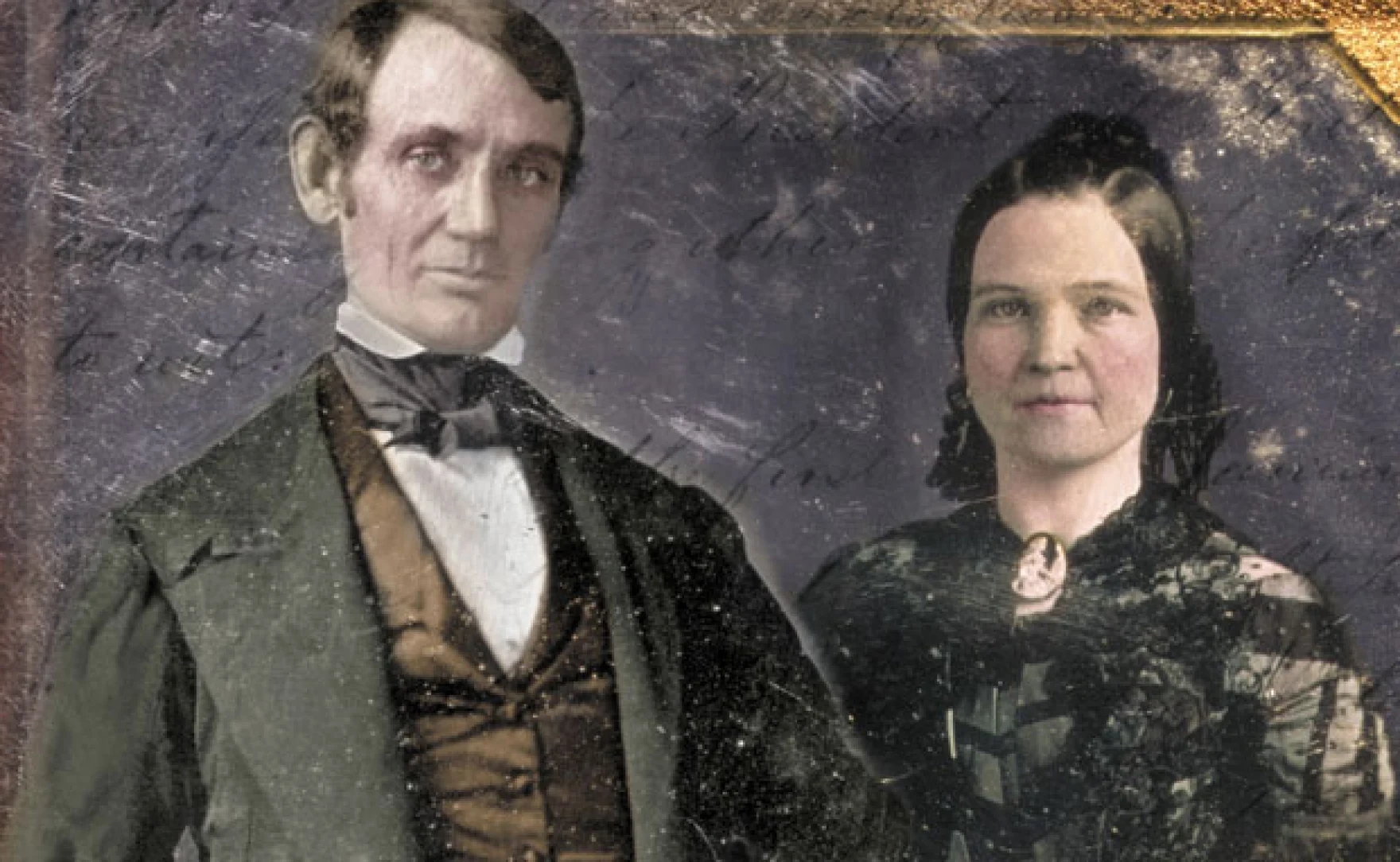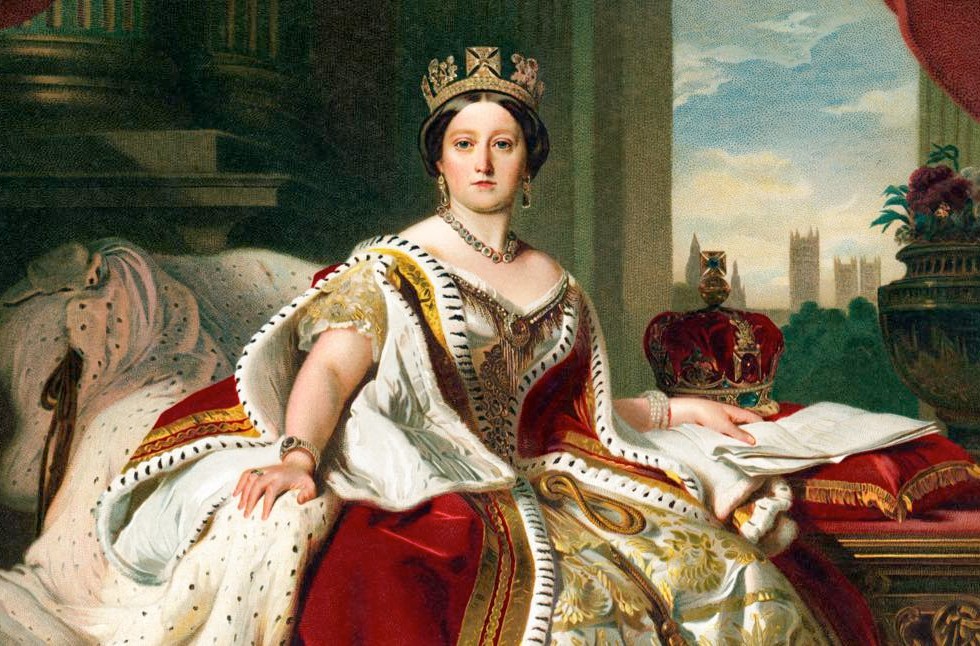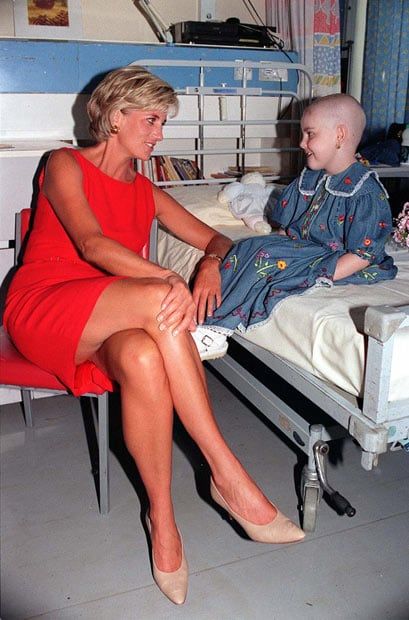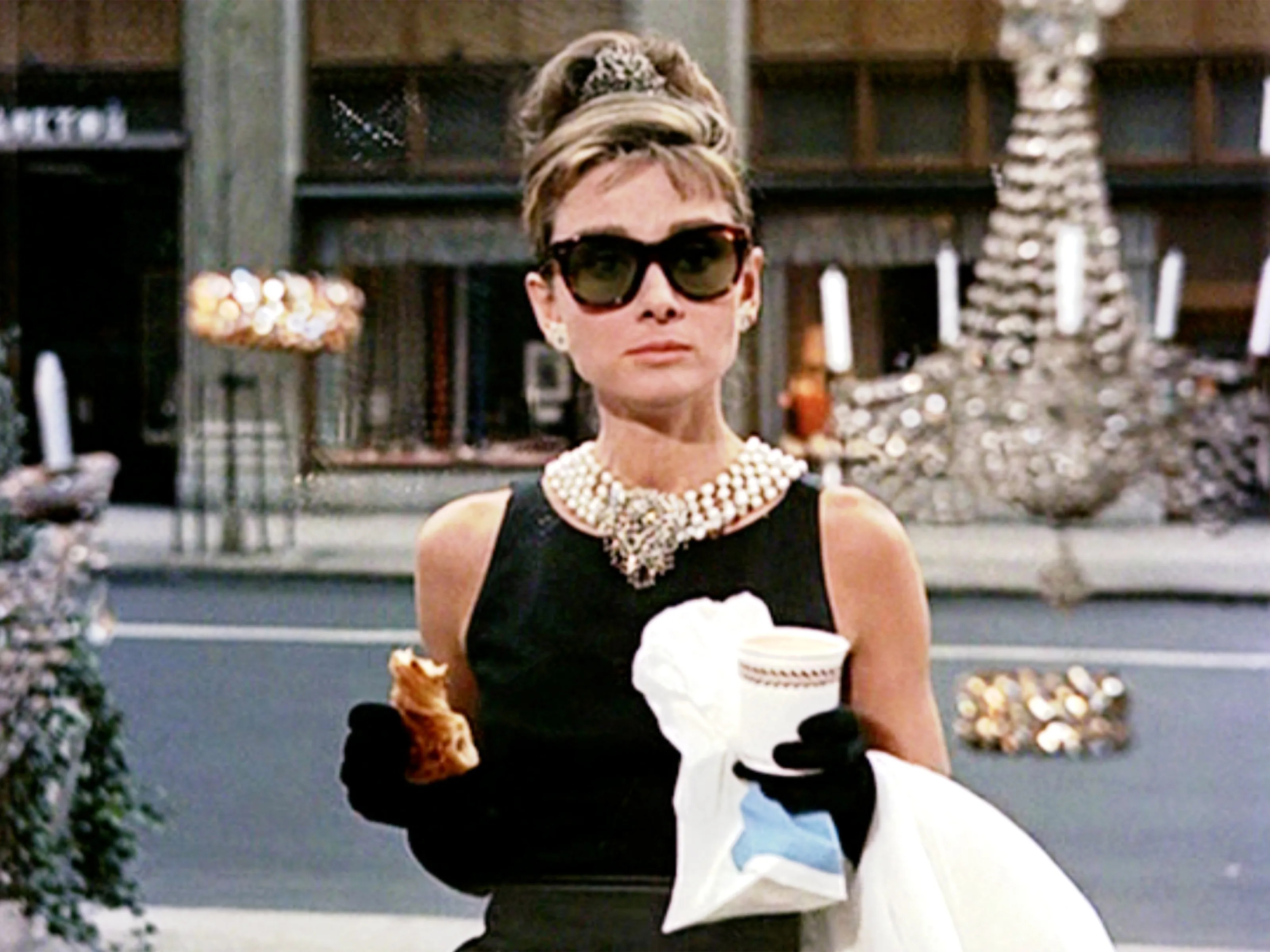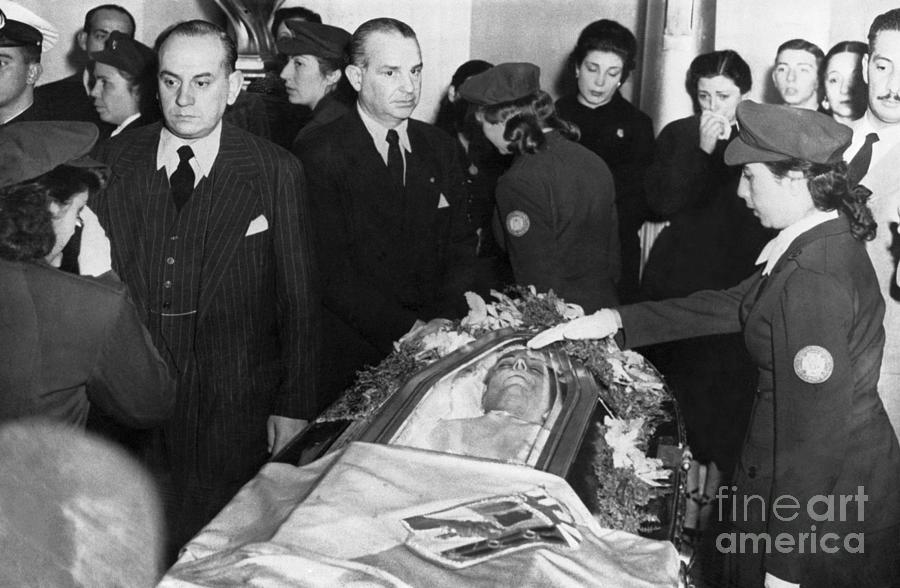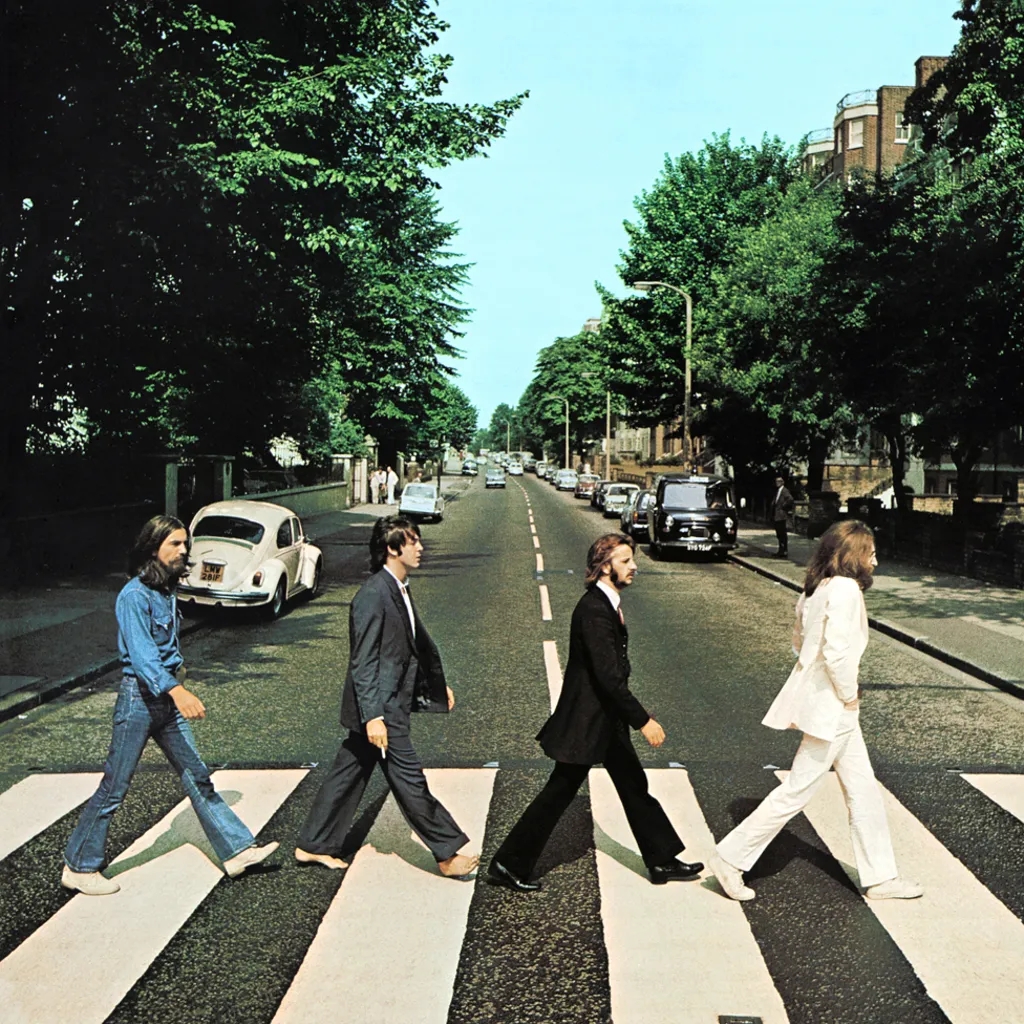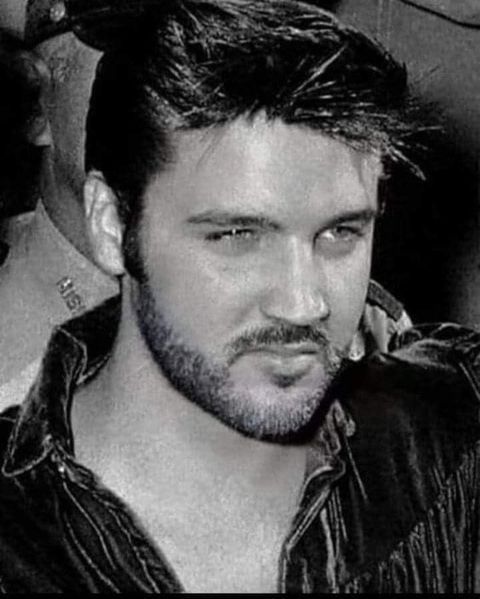
Buckingham Palace
He wasn’t the first person to scale the garden wall of Buckingham Palace. The year before, three German tourists had done it. While there had been others who’d breached Palace security, Michael Fagan was to become one of the most infamous.

1982 Buckingham Palace Intruder Michael Fagan
It was 7:15 a.m. on July 9, 1982. Michael Fagan, 31, had been up all night, drinking whisky, and wandering London’s dark streets, brooding. He had just been released from the psychiatric ward at Brixton Prison. The judge had sent him there after he slashed his wrists with a broken bottle during his court hearing on charges that he stabbed his teenage stepson in the neck with a screwdriver. (1)
Fagan was discouraged. He was broke and faced a mountain of debt. His wife was unfaithful. There were problems with his kids and even his mum. The voices in his head told him to go and tell the Queen how unhappy he was and she would help. The voices told him he could do it. These were the same voices that before had talked him into climbing the towers of the bridges across the Thames River and to strip off his clothes and dive into the Grand Union Canal.

A guard at Buckingham Palace
It was 7:15 on the morning of July 9, 1982 when Fagan, unshaven and dressed in jeans and a dirty t-shirt, gathered up his courage, climbed over the black iron fence of Buckingham Palace, and dropped down on the grounds of the royal residence. No guards noticed. He found an open window and crawled in. But the Queen wasn’t in that room, it held only an old stamp collection (King George V’s $20 million stamp collection). Fagan was not a thief. He wanted only to find the Queen. An alarm was tripped twice, but the policeman at the palace sub-station thought it was malfunctioning and turned it off both times.
Fagan then went back out into the courtyard and spied a 55 foot drainpipe that lead to the second floor. “I climbed it in seconds,” he proudly told interviewers later. “I was a Prince of the Earth.” He pulled back some wire meant to keep pigeons away and crawled in a window. He found himself in the office of Vice Admiral Sir Peter Ashmore, the man responsible for the Queen’s security. He took off his sandals and socks and proceeded to explore the Palace barefoot with dirty hands.
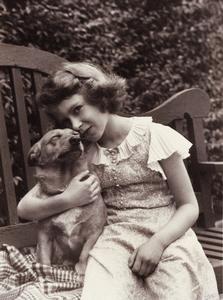
Princess Elizabeth, age 9 or 10, comforts her corgi Dookie, 1936
This wasn’t the first time Fagan had broken into the Palace. Only the month before, he’d had a practice run. He’d entered through an unlocked window on the roof and wandered about for a half hour. He viewed the royal portraits and rested on the thrones before entering the Postroom, where he drank half a bottle of California white wine before leaving.
On this, his second, visit to the Palace, Fagan was on a mission. He had to find the Queen. He wandered the corridors in search of her, and, on the way, cutting his hand on a glass ashtray. When he spied some dog dishes on the floor, he knew the Queen was near. She was never far from her precious dogs (See previous post, “Queen Elizabeth’s Corgis and Dorgis.”) He passed a housemaid who said, “Good morning,” then entered the Queen’s bedroom.
The Queen awoke to find a strange man sitting on the edge of her bed, cradling a broken ashtray and dripping blood on her bed linens. She kept calm and picked up the phone, asking the operator to summon the police. The operator did call the police but they didn’t come. She pushed the button for a chambermaid yet no one appeared. The armed guard regularly stationed at the Queen’s bedroom door was not at his post; he had taken her dogs out for a walk. Meanwhile, Fagan talked away, still sitting on her bed. He wanted to talk about love but the Queen didn’t. He thought it a coincidence that both he and the Queen had four children. Fagan wanted a cigarette. Again, the Queen called the palace switchboard yet no one responded.
After the Queen had spent ten minutes with the mentally disturbed, bleeding intruder, a chambermaid entered the Queen’s quarters and exclaimed, “Bloody hell, ma’am! What’s he doing in there?” The chambermaid then ran out and woke up a footman who then seized the intruder. The police arrived twelve minutes after the Queen’s first call.
When the public learned of this incident, they were outraged at the lapse of security around their Queen. Prime Minister Margaret Thatcher personally apologized to the Queen and measures were immediately taken to strengthen palace security.
Nevertheless, a 1999 report by the Royal Protection Squad stated that, in the six years previous, at least 6,000 mentally-ill persons had visited British royal residences or written to the royal family. Most of the mentally-disturbed people are harmless, the report stated, but the police guarding royalty are still trained to handle the few intruders who do indeed pose a danger.

A man protests at Buckingham Palace, insisting upon his right to appear in public naked
Over the years, the Royals have attracted unwanted attention from, among others, a group of lesbian anti-nuclear demonstrators who scaled the walls with ladders, and an American paraglider who landed on the roof as a stunt.
(1) Erickson, Carolly. Lilibet: An Intimate Portrait of Elizabeth II. (New York: St. Martin’s, 2004)
For more on Queen Elizabeth II, look in the left column under “Categories – People – Queen Elizabeth II.” I’ve written many posts on the Queen; I hope you enjoy them!
For more on Insane Asylums, scroll to the very bottom of “Categories – The Insane Asylum.”
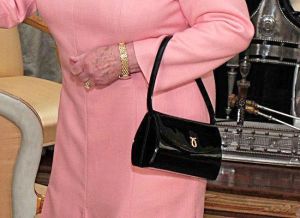
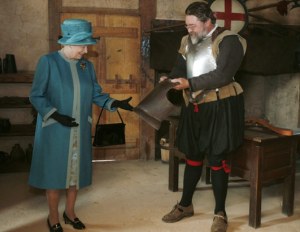
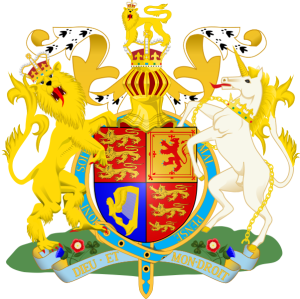
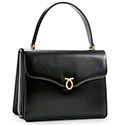
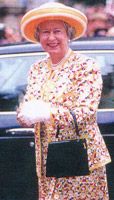






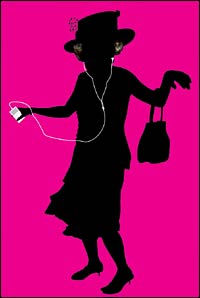
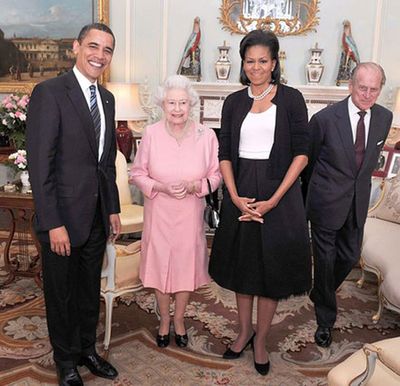




 In her book, On the Banks of Plum Creek, Laura Ingalls Wilder recalls the creepy feeling of the huge grasshoppers clinging to her clothes, writhing and squishing beneath her bare feet and the sound of “millions of jaws biting and chewing” as they destroyed her family’s fields in Minnesota. (2) The stench of the oily insects was hideous.
In her book, On the Banks of Plum Creek, Laura Ingalls Wilder recalls the creepy feeling of the huge grasshoppers clinging to her clothes, writhing and squishing beneath her bare feet and the sound of “millions of jaws biting and chewing” as they destroyed her family’s fields in Minnesota. (2) The stench of the oily insects was hideous.
 Locust plagues long haunted American farmers, and they may do so again. In the 19th Century, black clouds of Rocky Mountain locusts swept across the plains almost every summer, leaving only stubble where crops once stood.
Locust plagues long haunted American farmers, and they may do so again. In the 19th Century, black clouds of Rocky Mountain locusts swept across the plains almost every summer, leaving only stubble where crops once stood.

